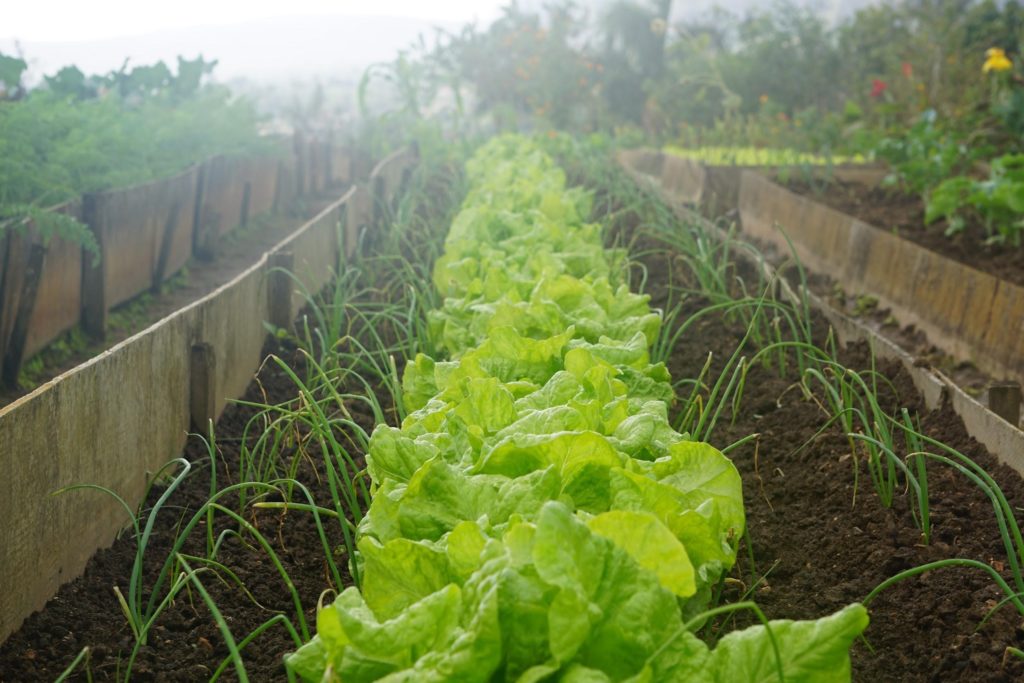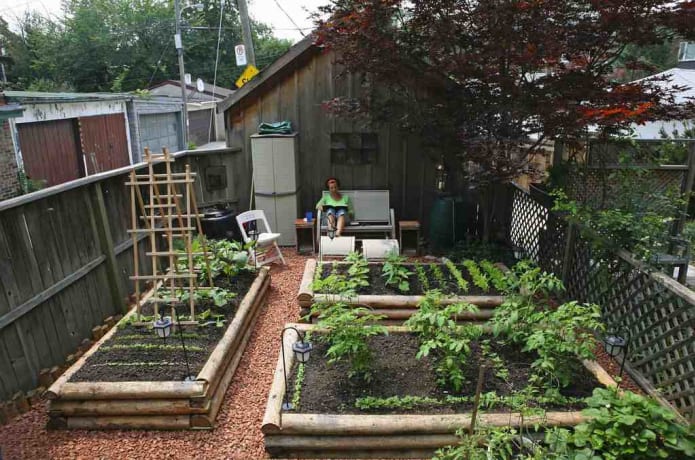Backyard Farm Tips For Raising Your Own Livestock
 Are you tired of buying produce from the grocery store that is tasteless and lacks nutrition? Do you want to have access to fresh fruits and veggies without having to drive to the farmers' market every week? If you answered yes to these questions, then starting your own backyard farm might be the perfect solution for you.
Are you tired of buying produce from the grocery store that is tasteless and lacks nutrition? Do you want to have access to fresh fruits and veggies without having to drive to the farmers' market every week? If you answered yes to these questions, then starting your own backyard farm might be the perfect solution for you.
Yes, you read that right! Even if you live in a city, you can still start a backyard farm. With a little bit of planning and effort, you can grow your own food, and enjoy the numerous health benefits that come with it. In this post, we will provide you with a comprehensive guide to starting your own backyard farm.
How to Start Your Own Backyard Farm
Step 1: Choose the right location
When selecting a location for your backyard farm, you need to consider several factors. These include:
- The amount of sunlight the location receives - Your crops will need at least 6 hours of sunlight every day.
- The quality of the soil - The soil should be well-draining, rich in nutrients, and free of contaminants.
- The availability of water - Your crops will require regular watering, so make sure the location is close to a water source.
Step 2: Decide what to grow
The next step is to determine what you want to grow. Consider the space you have available, the climate in your area, and the crops that are easiest to grow for beginners. Some great options for beginners include:
- Tomatoes
- Zucchini
- Lettuce
- Green beans
Step 3: Start small
Starting a backyard farm can be overwhelming, especially if you have never grown anything before. It is essential to start small and gradually expand as you gain more experience. This will not only help you avoid becoming overwhelmed but also ensure that you have the time to care for all your crops properly.
Step 4: Prepare the soil
The quality of the soil is essential for the success of your backyard farm. Before you begin planting, ensure that the soil is properly prepared. To prepare the soil:
- Remove any rocks or debris
- Add compost or well-rotted manure to the soil to enrich it with nutrients
- Ensure the soil is moist, but not too wet
Step 5: Plant your crops
Once the soil is ready, it is time to plant your crops. Follow the instructions on the seed packets or seedlings to know how deep or shallow to plant your crops. Ensure that you leave enough space between each plant to avoid overcrowding.
Step 6: Water and fertilize your crops
Your crops will require regular watering and fertilizing to grow the way you want them to. You can use natural fertilizers like compost tea or fish emulsion to feed your plants, or buy commercial fertilizers if you prefer. Water your crops at least once a week, more often if the weather is dry.
Step 7: Protect your crops
Your crops are vulnerable to pests and diseases. To protect them:
- Use natural pest control methods like ladybugs or neem oil
- Cover your plants with row covers to prevent pests from getting to them
- Remove any diseased plants immediately to prevent the spread of the disease
Step 8: Harvest your crops
The best part of having your own backyard farm is getting to harvest your crops. Harvest your crops when they are ripe, and don't wait too long to do it. Leaves, fruits or vegetables that are left on the plant too long will produce less and lose flavor.
Tips & Tricks for a Successful Backyard Farm
Tip 1: Start a compost pile
Composting is an excellent way to create nutrient-rich soil for your crops. You can use kitchen scraps, grass clippings, and twigs to make compost. Use your compost to enrich your soil and improve the health of your plants.
Tip 2: Get a rain barrel
A rain barrel is a great way to collect rainwater for your garden. You can use the water from the rain barrel to water your crops, saving you money on your water bill.
Tip 3: Choose disease-resistant varieties
When choosing what to grow in your backyard farm, consider choosing disease-resistant varieties. They are easier to care for and require fewer pesticides to grow.
FAQ About Backyard Farms
Q: How much space do I need to start a backyard farm?
A: You don't need a lot of space to start a backyard farm. You can start with as little as a few square feet. As you gain experience, you can expand your farming area.
Q: What tools do I need to start a backyard farm?
A: Some essential tools for starting a backyard farm include a shovel, rake, hoe, and pruning shears. You can add more tools as you see fit.
Q: Is it expensive to start a backyard farm?
A: Starting a backyard farm can be affordable, especially if you start small. You can use recycled materials or repurpose items from your home to save money.
Q: Do I need to grow everything from scratch?
A: No, you don't need to grow everything from scratch. You can buy seedlings or transplants from your local nursery or garden center to save time and effort.
Q: What are some of the benefits of having a backyard farm?
A: Some of the benefits of having a backyard farm include:
- Access to fresh, nutritious produce
- Improving your overall health and wellness
- Reducing your carbon footprint by growing your own food
- Saving money on your grocery bill
- Creating a relaxing outdoor space to enjoy
Now that you have all the information you need to start your own backyard farm, it's time to put that knowledge into action. Happy farming!


Post a Comment for "Backyard Farm Tips For Raising Your Own Livestock"